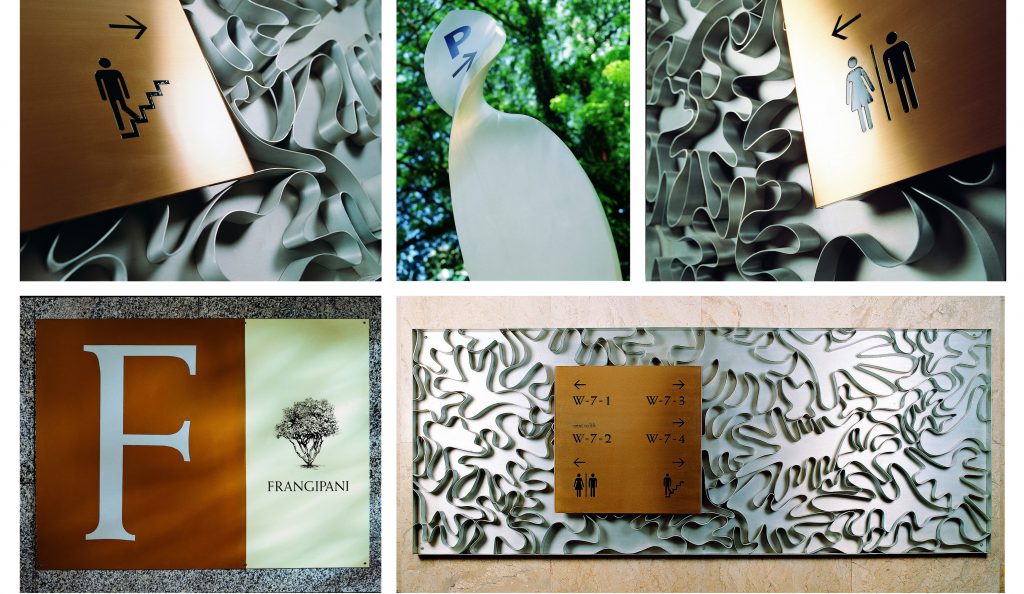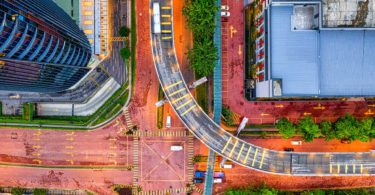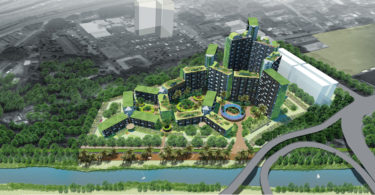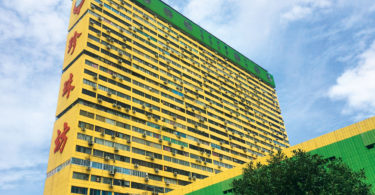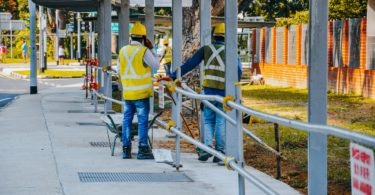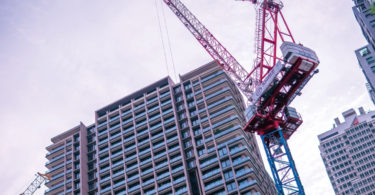
Publika, a project done in collaboration with architects LabDNA, taps into the creative vibes of residents and visitors (Image from UEM Sunrise Bhd)
Just when the concept of ‘placemaking’ is gaining traction in Malaysia, I read an article by Dean Saitta, professor of anthropology and director of the Urban Studies programme at the University of Denver, which claimed that placemaking has become a cliché [1].
To illustrate his claim, he tells of four global planning and design firms that had been shortlisted by the university’s administration to improve physical and social connections between the campus and the neighbourhood, where a four-lane road divided the two communities.
The four firms, described by the administration as “some of the greatest urban design thinkers on the planet”, were invited to present their solutions to the problem. However, Saitta asserted that he saw little difference in the four presentations—even the same language was used: “mixed use”, “catalytic activity”, “vibrant streetscapes”, “live/work/play” and the importance of “creating an experience”, not to mention solutions such as food trucks, pocket parks, etc.
Sounds familiar? Design firms, sometimes encouraged by developers, embrace placemaking because it is in-trend, but clearly focused only on creating ‘feel good’ places. Saitta regretted that none of the four global firms emphasised the plurality of the community, as well as their lack of commitment to multiculturalism, especially in a neighbourhood that is culturally diverse.
CULTURE AND PLACE
Placemaking, as practiced by one of its originators, Project for Public Space, is a community-driven process for designing public spaces, with active participation of residents and regular visitors in shaping the physical environment. While there have been many successes, there are also many where the placemaking turned out to be generic and formulaic.
One cannot deny that many great public spaces are created based on one person’s vision of the space—be it an architect, landscape architect or urban designer, unburdened by public participation or influence. The popular Millennium Park in Chicago, as well as many other instances in China, are good case studies.
Many memorable public spaces are also created when you throw into the mix a cultural researcher or historian, giving respect and meaning to the existing cultural and communal environment. I was greatly reminded of this while working on Nusajaya and East Ledang, where a local engineer related to me a story that resonated with his team.
Philip Cox, a renowned Australian architect, was engaged to design the master plan for Puteri Harbour in Johor because the client wanted “something like Sydney Harbour”. In response, Philip and his team questioned the decision: Why would you want Sydney Harbour? Shouldn’t a boat approaching Malaysian shores be welcomed with an architectural presence that reflects the culture of the place?
But at the same time, herein lies the problem. While a ‘Malaysian-looking’ harbour would be the most logical idea, it would take the right team of experts—from architects and interior designers to cultural researchers—to resolve this long-time riddle of what visually constitutes a ‘Malaysian identity’. Far too often, the effort would end up as a pastiche of our multicultural reality.
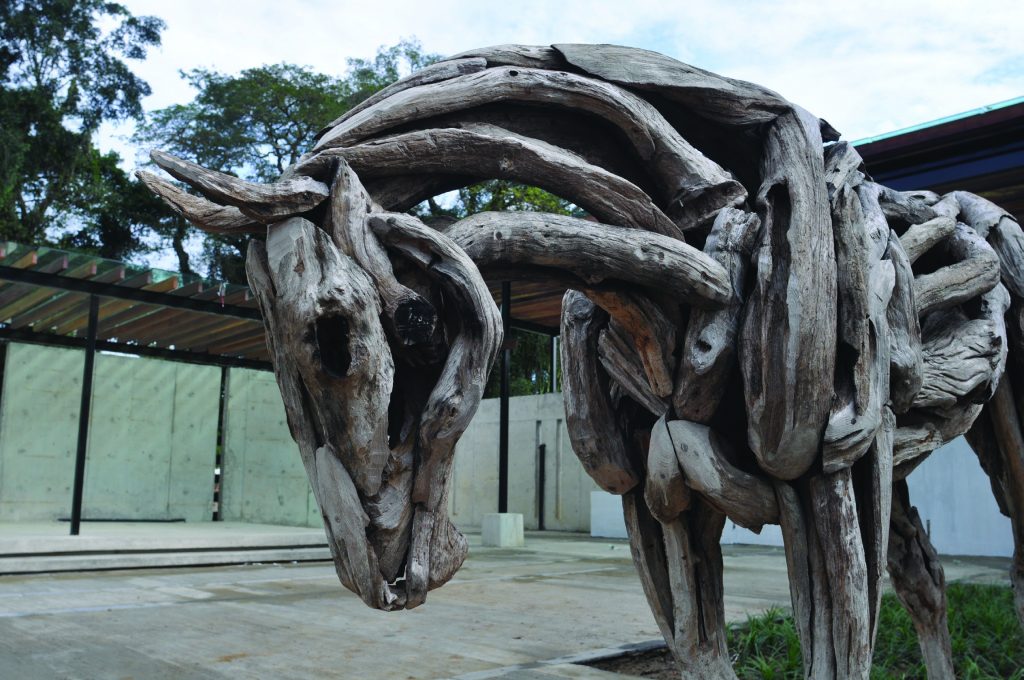
Driftwood sculptures unify the interior and exterior spaces of Muzium Sultan Abu Bakar (Images by William Harald-Wong & Associates)
So how does one define the ‘authentic’ in identity and place?
In the distant past, communities were once isolated and insular, and an indigenous, vernacular form took shape in language, culture, traditions and building. These forms then changed with the influx of new ideas carried by intrepid traders from near and far. The colonial period ushered in Western ideas—architecture and town planning were characterised by a hybrid of styles, and indigenous forms were irreparably changed.
Come the Federation of Malaya’s independence in 1957, nationalist ideals permeated culture and created ‘invented traditions’ that manifested in modern, pseudo-modern and glorified architecture instead. This was done with the intention of projecting the illusion of power and capability to an international audience.
This was followed by the era of globalisation, during which environments have become modern and homogenised. However, as a reaction to the widespread homogeneity, people have become more aware of the ethnic, cultural and religious associations of the communities they belong to.
Thus, in the context of a built environment, the ‘authenticity’ of a place is often invented, selected from a menu of time and place.
And here is a consideration: when a modern development involves the consultation and participation of native elders and their community, does it make the result more ‘authentic’? It’s a conundrum, but we can also view this as great opportunities to create new invented traditions because culture, throughout history, has never been stagnant. Instead, it is a vessel for processing new ideas. Peranakan culture is a classic example.
In international cities—and Kuala Lumpur certainly sees itself as one—cultural issues come to the fore as we increasingly experience spatial proximity in the city. With a highly mobile workforce and a dense city environment, people from different cultural backgrounds work in increasingly close and constant contact. Harmony and stability can only be achieved through multicultural understanding—a careful embracing of diversity and differences.
The Egyptian hieroglyph for ‘city’ also meant ‘mother’, an experience that is warm, caring and embracing. It is through a similar lens that the total environment needs to be examined and created as its physical attributes affect a person’s physiological, psychological, emotional, social and spiritual states.
This was one of our greatest concerns in our Muzium Sultan Abu Bakar project. The museum, located in Pekan, a semi-rural district in Pahang, was the first Malaysian project to win Gold in the 12-year run of the prestigious Design for Asia Awards in Hong Kong. It won not only for its overall concept and design, but for its consideration in forging a deeper connection with the residents of Pekan.
For instance, the hot and dusty parking lot in front of the museum was replaced with an open space and an infinity pool with a children’s fountain, sandwiched by shady old banyan trees. It provided the townsfolk with a much-needed gathering spot for relaxation and picnics.
Within Malaysia, Think City has done excellent work in rejuvenating big public spaces, but I would also like to emphasise on the idea of ‘massive small change’ [2]—small, human-scale projects headed by passionate individuals or small teams that can collectively make a big impact on the urban environment.
We look for such opportunities in our projects to inform, educate, entertain or inspire our audiences, particularly in the broad areas of culture, our multicultural background or nature—most of which are often not included in a client’s brief.
For instance, in one of our earliest signage projects, Wisma Perkasa, one of Kuala Lumpur’s first ‘intelligent’ buildings with a small but lush garden, we actively looked for a visual metaphor for technology and nature, and this resulted in a unique sign design for the building. We also realised that most Malaysians do not recognise our local trees and decided to incorporate them as part of the carpark system, letting us communicate information about local trees to the public using various media channels.
In another project—the Atria Shopping Gallery with an interior inspired by the tropical rainforest—we revived a carpark level sign system with animal icons (fish = basement, bird = top levels, etc). This system used to be popular in the late-1980s (for example, Sungei Wang Plaza, Suntec City Singapore), but is now considered outdated, at least in Malaysia. Taking the concept further, we also introduced information panels about animals by the elevators, allowing shoppers waiting for the lifts to learn more about our natural world and how one can contribute in small ways to save our endangered species.
And this brings me to my next point.
NATURE HEALS A CITY
As much as a city, neighbourhood or street is a cultural creation, it is also a continuity of a place, i.e. before buildings, there were trees. In a United Kingdom (UK) survey where respondents were given a choice of either planting a tree or installing a new sculpture in a refurbished neighbourhood square, there was an overwhelming response for the tree. Trees constitute the main aesthetic and healing resource of a place.
I hope there will be a new thinking that blurs the distinction between urban and rural—we will progress from rooftop gardens to new initiatives like rooftop farms. We may one day seek escape not only by retreating to the countryside, but also by entering the urban nature city.
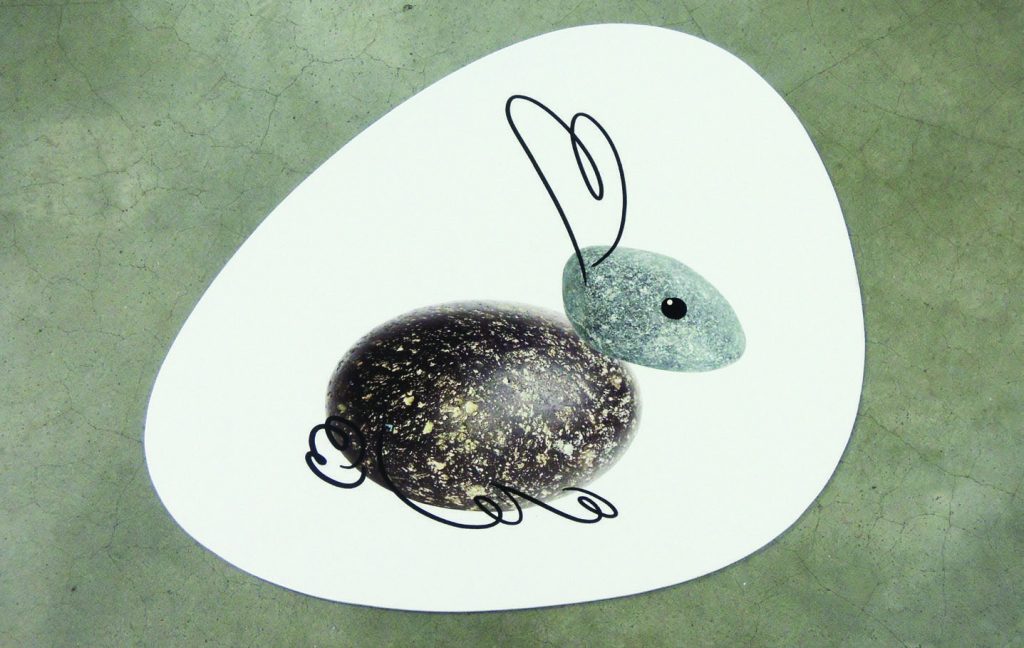
Small initiatives, such as Atria Shopping Gallery’s animal panels, help spark conversations among city dwellers on the natural world
LET CULTURE LEAD US
There is a renewed interest and appreciation for culture and old buildings, especially among the younger generation, although this fascination is—for better or worse—highly influenced by imported hipster culture, repurposed spaces and the idea of cool retro. Regardless, it is an important step towards an awareness of our shared and built heritage.
In Malaysia, Publika is a testament to this growing interest in culture, where a modern retail mall can co-exist with artistic and cultural endeavours. Its retail space was originally designed as corporate office spaces and had to be retrofitted to fulfil the requirements of a public mall.
The Publika art and cultural experience draws a mixed crowd: the affluent, the curious and the young creatives who bring vitality and energy to the place. New forms of mall-cum-culture hubs are also currently being developed—twentyfive.7 and the iconic Sungei Wang Plaza are two such examples, although each takes a totally different approach to the matter.
Urban identity design is a collaboration between many creative minds. In addition to architects, people such as artists, designers, craft-makers, poets and culturists can collectively be a potent urban force. It’s time we create spaces that engage culturally and environments that are beautiful and meaningful
[1] Saitta, Dean. (2017). Has Placemaking Become Cliché? Retrieved from https://www.planetizen.com/node/92750
[2] Campbell, Kelvin (2015). Making Massive Small Change to build a better urban society. Retrieved from https://www.smarturbanism.org.uk
WILLIAM HARALD-WONG
William Harald-Wong is the founder and design director of William Harald-Wong & Associates, an urban identity design consultancy working at the intersection of brand, culture, city and community, enhancing the human and cultural experience of a place. The company has two divisions: Branding and Cultural Research, and Wayfinding and Signage
Wong is also the founder and chairman of The Design Alliance Asia (tDA Asia), a collaborative network of prominent designers across 13 Asian countries/regions. Recent Awards include a Gold at the Design for Asia Award, Hong Kong; Distinguished Chinese Award at the Chinese Who’s Who Society, China and Hong Kong; Designomics Leadership Award at the World Brand Congress in India; and the Lifetime Achievement Award at the Design Development Centre, Malaysia.
He also serves in various advisory roles, as regional expert for Design for Asia Awards, Hong Kong Design Centre; global advisory board member for the World Brand Congress (India); ambassador for International Indigenous Design Network (Indigo); co-founder and advisor for Graphic Design Association of Malaysia (wREGA); and vice-chairman for Global Pioneer Design Association (China).



